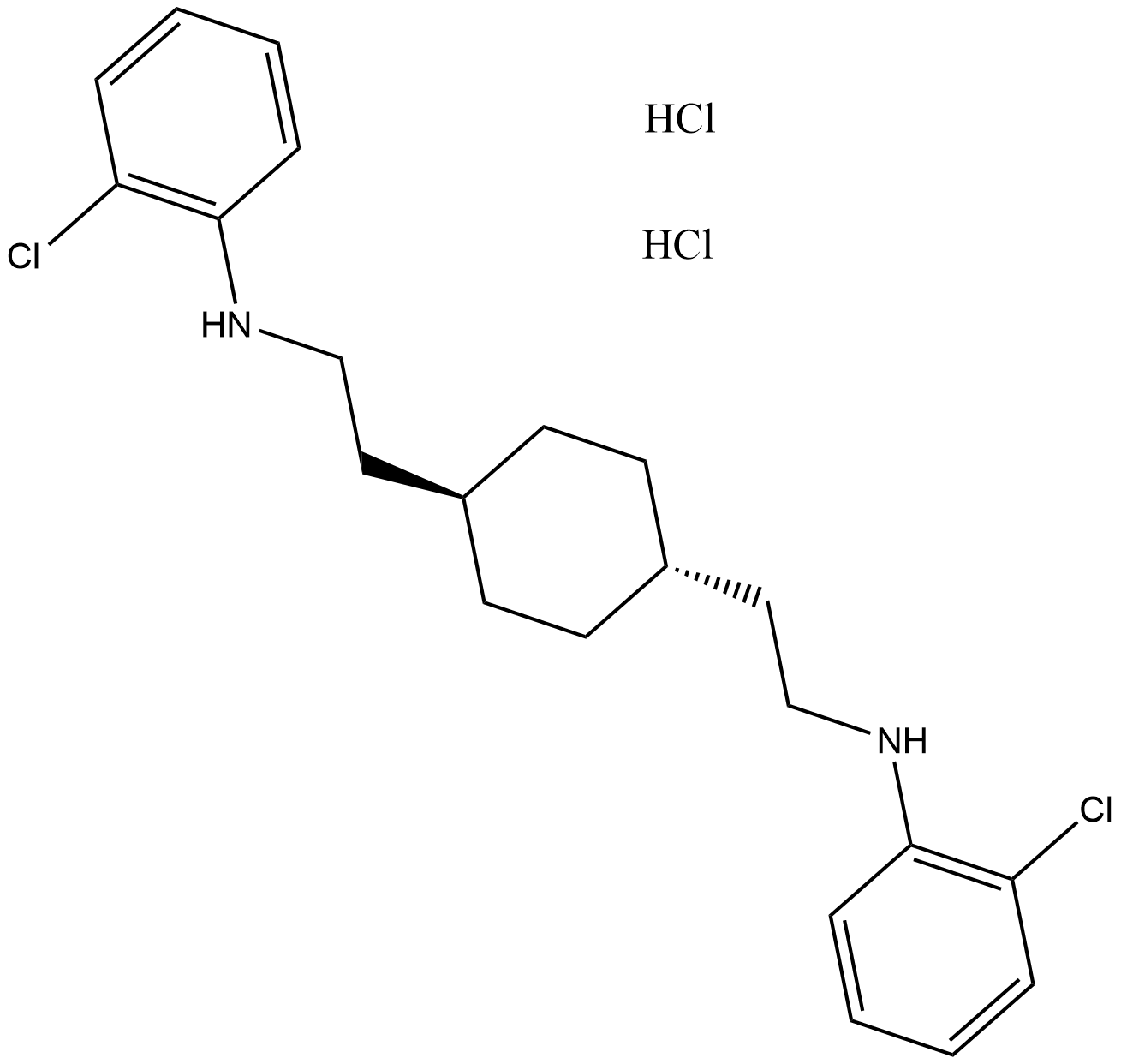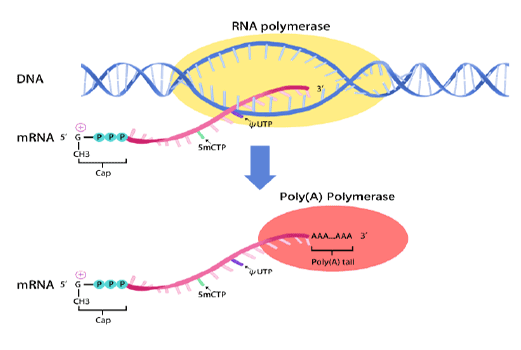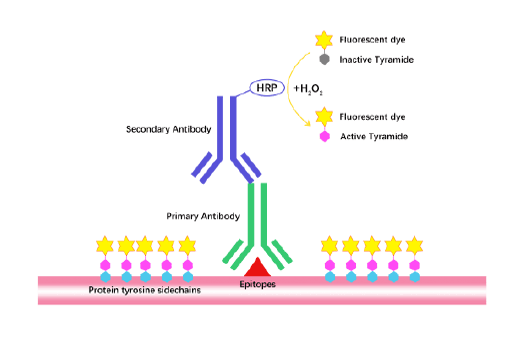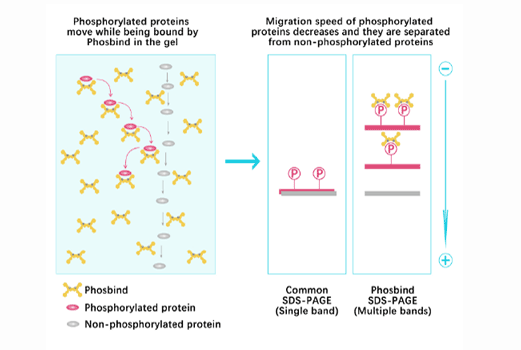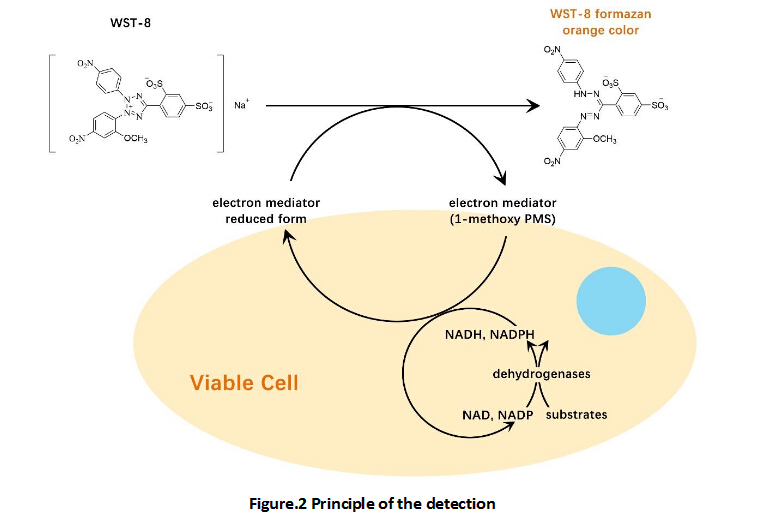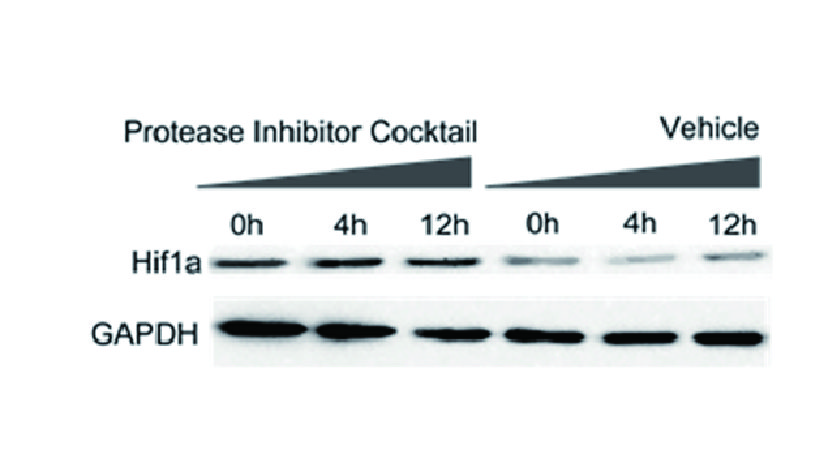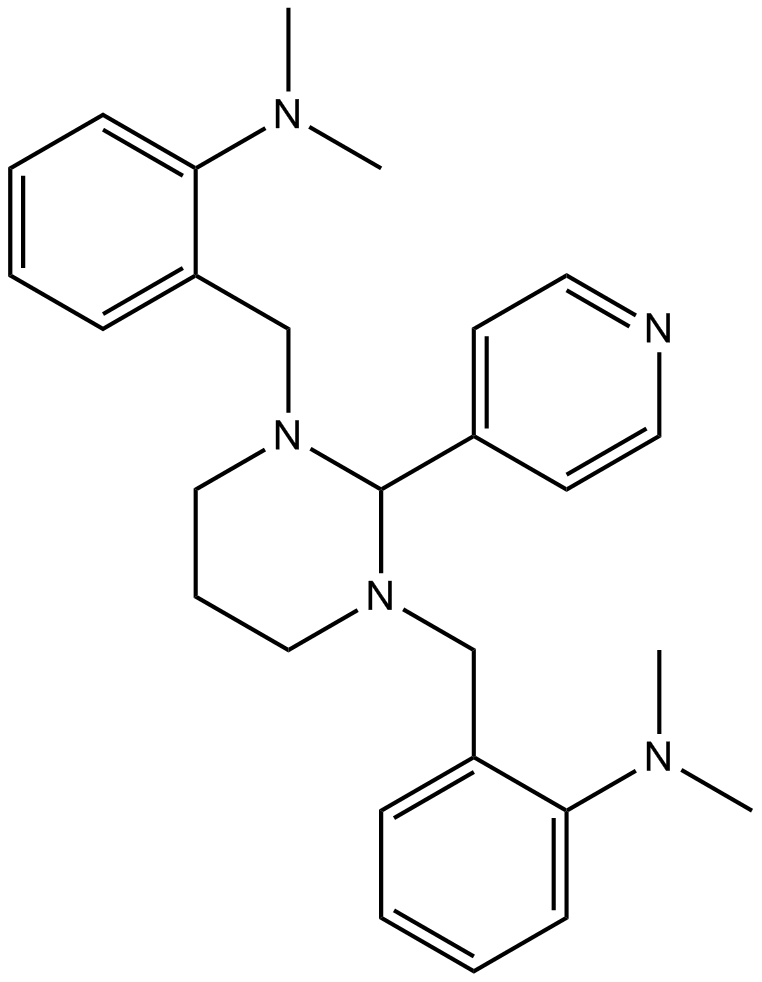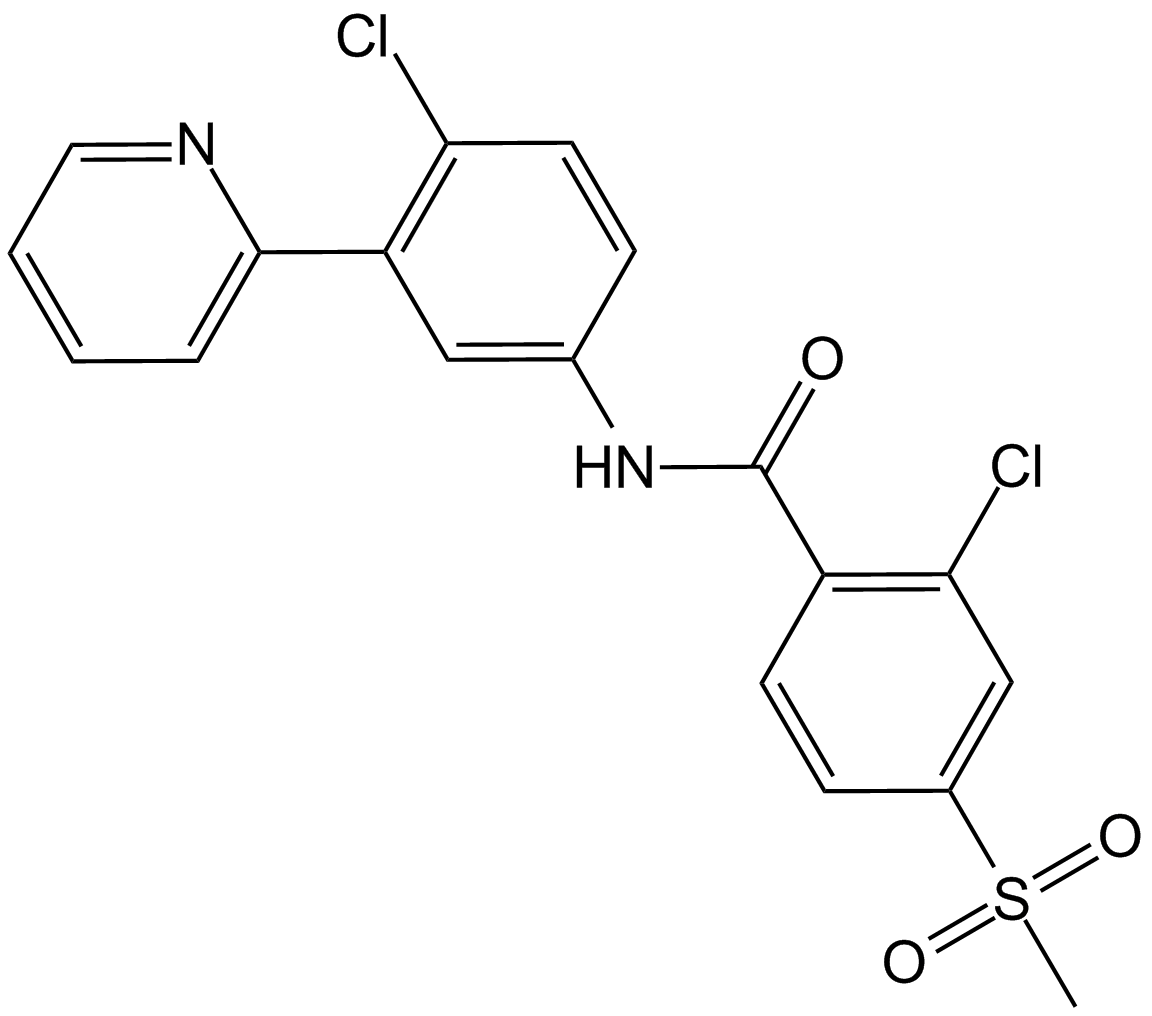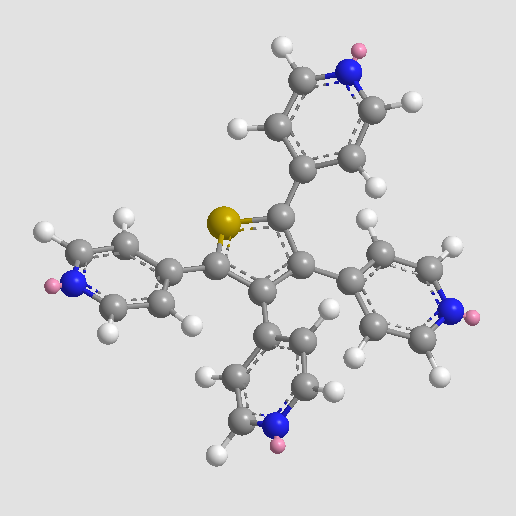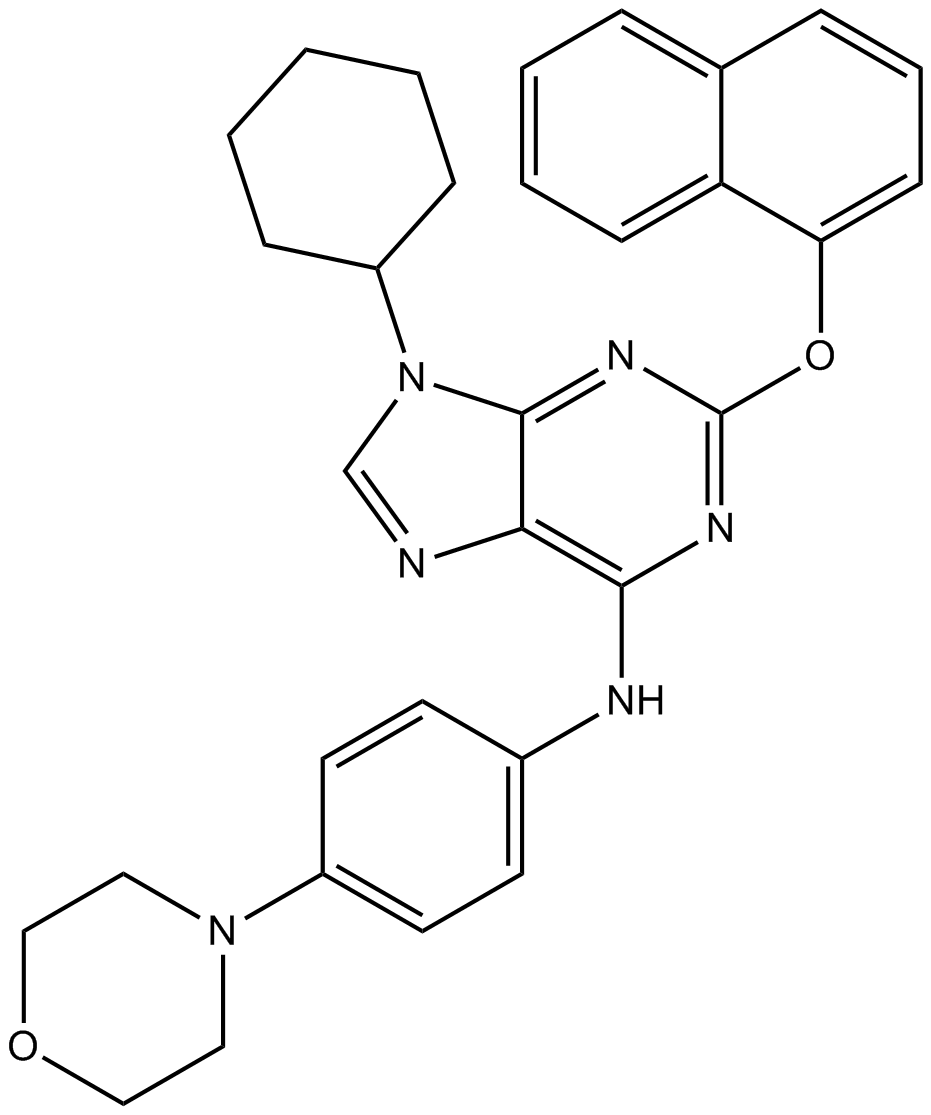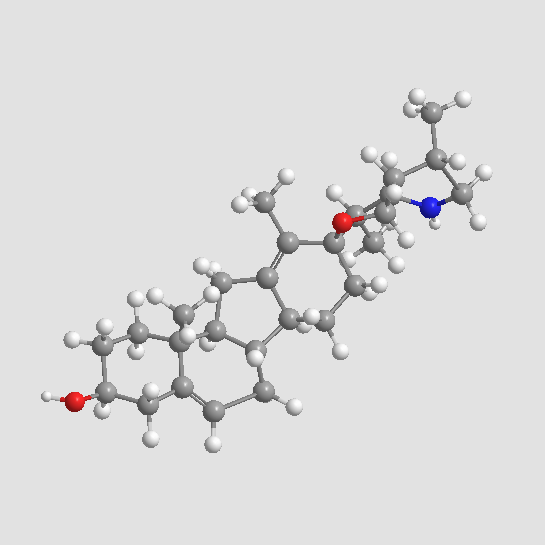AY 9944 dihydrochloride
AY 9944 dihydrochloride (CAS 366-93-8) is a selective inhibitor of Δ7-sterol reductase (Dhcr7), an enzyme involved in cholesterol biosynthesis through NADPH-dependent conversion of 7-dehydrocholesterol to cholesterol. AY 9944 dihydrochloride inhibits recombinant human Δ7-sterol reductase expressed in yeast cells with an IC50 of 13 nM. In an SD rat model of Smith-Lemli-Opitz syndrome, AY 9944 treatment leads to increased accumulation of 7-dehydrocholesterol and decreased cholesterol levels across various tissues. Additionally, in PBMCs isolated from AIDS patients, AY 9944 intervention restored mitogenic responses and cytokine production, suggesting research applications in immunological studies and cholesterol metabolism disorders.
- 1. Xiaoxiao Li, Kai Wang, et al. "Cholesterol overload in macrophages drives metabolic dysfunction-associated steatohepatitis via inhibiting 7-dehydrocholesterol reductase in mice." J Transl Med 22, 1085 (2024).
- 2. Yi-Min Fan, Qing-Qi Zhang, et al. "Toxoplasma gondii Sustains Survival by Regulating Cholesterol Biosynthesis and Uptake via SREBP2 Activation." J Lipid Res. 2024 Oct 25:100684. PMID: 39490926
- 3. Ping Wang, et al. "7-Dehydrocholesterol dictates ferroptosis sensitivity." Nature. 2024 Feb;626(7998):411-418. PMID: 38297130
- 4. Zicheng Ma, Lei Guo, et al. "Inhibition of pseudorabies virus replication via upregulated interferon response by targeting 7-dehydrocholesterol reductase." Vet Microbiol. 2024 Mar:290:110000. PMID: 38278042
- 5. Xiao J, Li W, et al. "Targeting 7-Dehydrocholesterol Reductase Integrates Cholesterol Metabolism and IRF3 Activation to Eliminate Infection." Immunity. 2020;52(1):109–122.e6. PMID: 31882361
| Physical Appearance | A crystalline solid |
| Storage | Desiccate at -20°C |
| M.Wt | 464.3 |
| Cas No. | 366-93-8 |
| Formula | C22H28Cl2N2·2HCl |
| Solubility | Soluble in H2O |
| Chemical Name | N,N'-(((1r,4r)-cyclohexane-1,4-diyl)bis(ethane-2,1-diyl))bis(2-chloroaniline) dihydrochloride |
| SDF | Download SDF |
| Canonical SMILES | Clc1c(CNCC2CCC(CNCc(cccc3)c3Cl)CC2)cccc1.Cl.Cl |
| Shipping Condition | Small Molecules with Blue Ice, Modified Nucleotides with Dry Ice. |
| General tips | We do not recommend long-term storage for the solution, please use it up soon. |
| Cell experiment [1]: | |
|
Cell lines |
PBMCs |
|
Preparation method |
The solubility of this compound in sterile water is 50 mM. General tips for obtaining a higher concentration: Please warm the tube at 37 °C for 10 minutes and/or shake it in the ultrasonic bath for a while. Stock solution can be stored below - 20 °C for several months. |
|
Reacting condition |
3 × 10-6 M |
|
Applications |
In HIV-1-infected PBMCs, AY 9944 Dihydrochloride restored mitogen-induced as well as recall antigen- and superantigen-induced proliferation. After 2-week treatment, the percentage of dead CD4+ cells in HIV-1-infected cultures was comparable that in uninfected culture. AY 9944 Dihydrochloride also stimulated IL-12 and interferon-γ production by 2 ~ 12 folds. |
| Animal experiment [2]: | |
|
Animal models |
SD rats |
|
Dosage form |
25 mg/kg; s.c. |
|
Applications |
The relative enrichment of sterol in rafts from AY 9944 Dihydrochloride-treated rat brains (average 7.85 folds) was similar to that from the control group (5.44 folds), which implied that 7-dehydrocholesterol (7DHC) promoted raft formation in a similar way as cholesterol did. However, the protein profiles of rafts from AY 9944 Dihydrochloride-treated rat brains were markedly different from those from the control group. |
|
Other notes |
Please test the solubility of all compounds indoor, and the actual solubility may slightly differ with the theoretical value. This is caused by an experimental system error and it is normal. |
|
References: [1]. Achour, A., et al., Restoration of immune response by a cationic amphiphilic drug (AY 9944) in vitro: a new approach To chemotherapy against human immunodeficiency virus type 1. Antimicrob Agents Chemother, 1998. 42(10): p. 2482-91. [2]. Keller RK, Arnold TP, Fliesler SJ. Formation of 7-dehydrocholesterol-containing membrane rafts in vitro and in vivo, with relevance to the Smith-Lemli-Opitz syndrome. J Lipid Res. 2004 Feb;45(2):347-55. |
|
Quality Control & MSDS
- View current batch:
Chemical structure
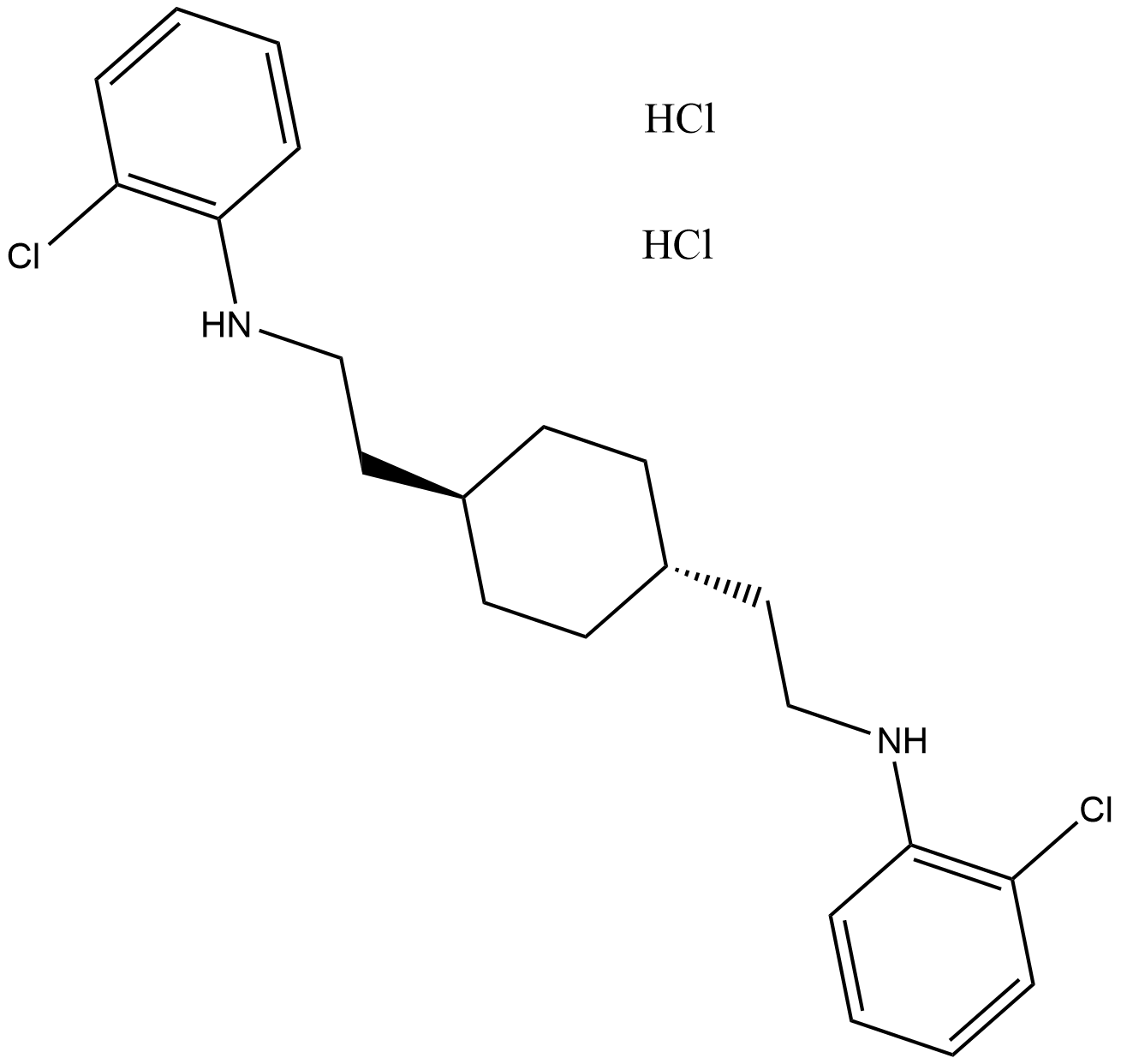
Related Biological Data




